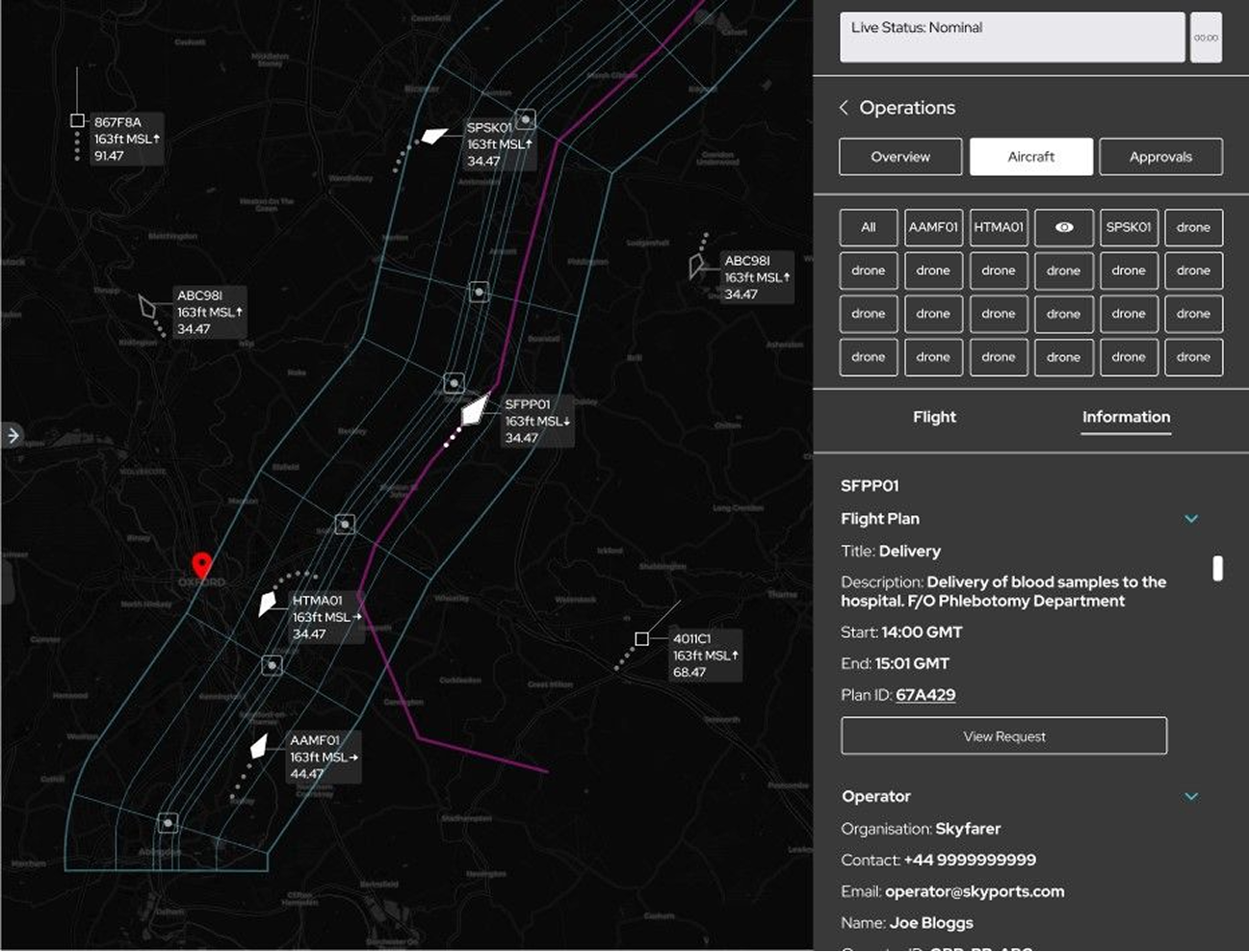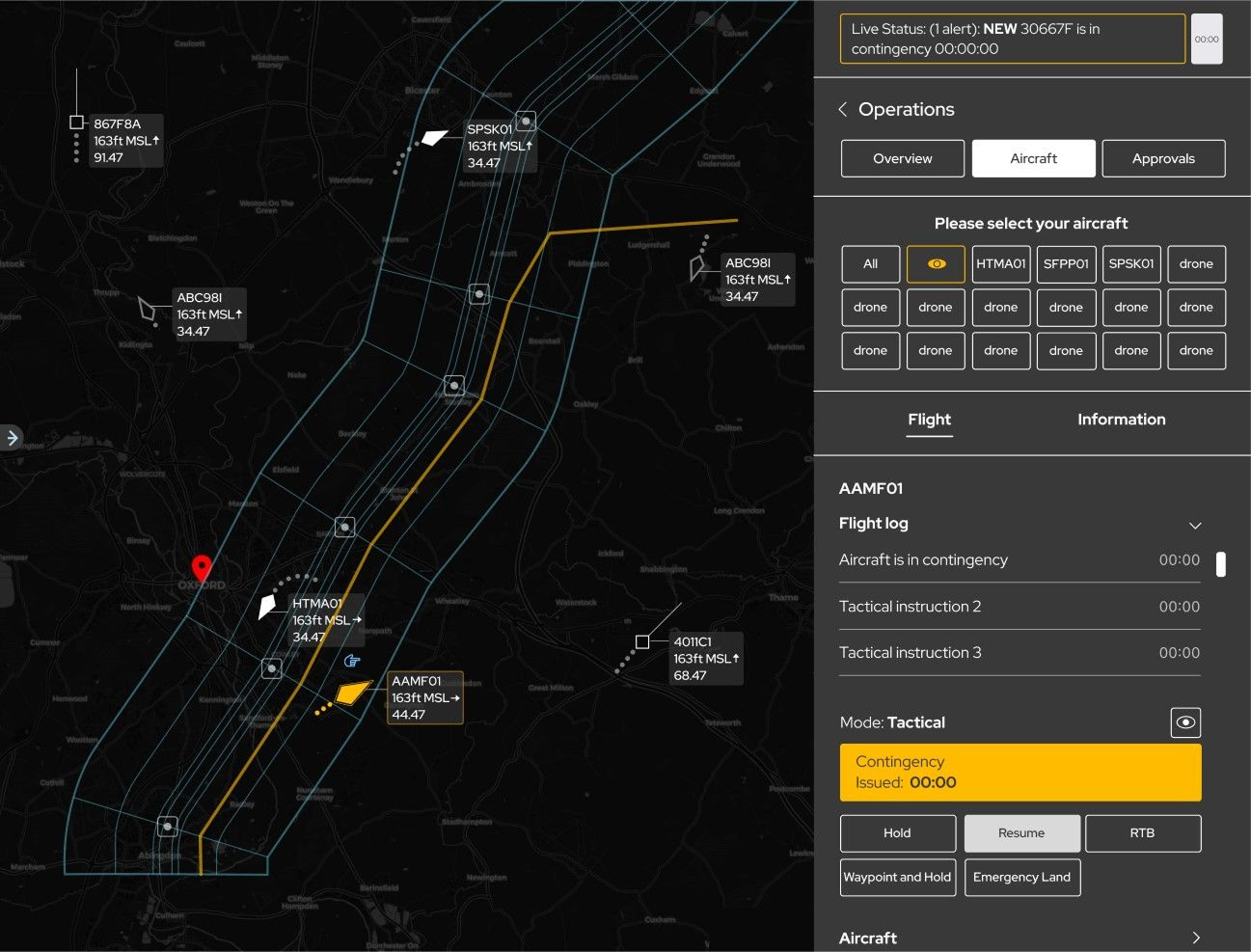Arrow Air Traffic Control - HMI Design
Arrow is an HMI-based air traffic control system designed to keep the visual noise down, allowing the controller to focus on the aircraft they are looking after. Colour is only introduced in a warning scenario to alert the controller to danger. The system is designed using ICAO icons as a base and utilises a simple and clean interface to save distractions.
Designing for Arrow was a very different challenge compared to creating websites or broader digital platforms. Air traffic control is an environment where regulation is extremely tight, the stakes are high, and the design must prioritise clarity and safety above all else. The interface was therefore intentionally strict, with no unnecessary features or visual embellishments. Colour is only introduced in emergency states, where it plays a critical role in alerting controllers to potential danger.
The system is built as an HMI-based tool, designed to minimise visual noise and allow controllers to concentrate solely on the aircraft under their supervision. To achieve this, the interface draws on ICAO-standard iconography, ensuring compliance with international regulations while keeping the design instantly recognisable for its users.
SME user research
Crucially, the design process was informed by extensive user research with air traffic controllers themselves. Multiple rounds of testing and iteration allowed the team to validate decisions directly with the people who would rely on the system day-to-day. The exclusion of decorative elements, the careful restraint in using colour, and the reliance on simple, clean layouts all stem directly from this feedback. The result is a system that is not only regulation-compliant but also precisely aligned with the needs of its highly specialised user base
Alert system for a non-comformant aircraft
An ATC (Air Traffic Controller) may have many flights in operation concurrently – in the example , 18 across a regulated airspace corridor. The system works on the basis that if everything is operating normally, the controller remains in a monitoring phase. When a problem occurs, however, the ATC needs to know instantly. At this stage, warning colours are introduced and the relevant aircraft is highlighted.
It is important to note that it remains the ATC’s decision whether to act on an alert. This is achieved by selecting a highlighted aircraft. Once this is done, they can view the flight plan, aircraft details, and the warning in question.


